I'm looking at the various Architecture features of Visual Studio 2015 Enterprise edition. All looks good.
However, I have code that is all ready written and I would like to generate Class Diagrams from it. NOT the standard Add Class Diagram in a Project - but from the UML Class Diagrams. I have created a Modelling Project for this.
I cannot see a way to do this - is it possible? Can I reverse engineer existing code into nice diagrams?
Here is my solution view:
Here is the Class Diagram Designer:
I can drag and drop projects from Solution Explorer into a Layered Diagram but nothing with classes. Here is one I made earlier:
I can drag and drop classes into Code Map from Solution Explorer. It would be nice to have all my modelling in one project. I really hate the old class diagramming where you add it to a single project.
This seemed to be a feature in previous Ultimate editions. However, the following Url does not have a link for 2015 (only up to 2013).
UPDATE
I installed 2013 Ultimate we have a licence for and indeed all of this functionality is in this version. Why not 2015 Enterprise? Can we expect Microsoft is not going to support this no longer and is phasing it out? Or was it a case of there was no time for 2015 and it will be included in an update.


